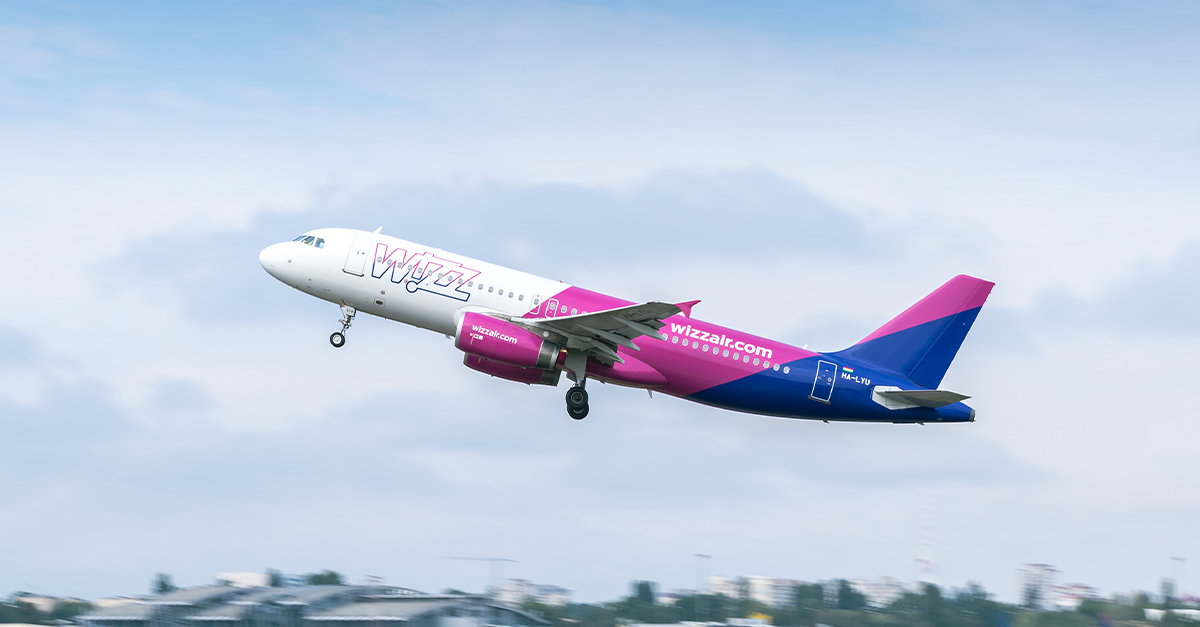Convenience and value for money attracting more families to cruise
Proportion with young children doubles in five years, Abta finds

More families are being attracted to cruise holidays, with interest forecast to continue growing.
While beach holidays were favoured by 48% of people in the last 12 months, cruises were there favourite trip for 12%, according to Abta’s latest Holiday Habits report.
The proportion of consumers planning to take a holiday at sea is projected to grow to 17% in the next 12 months compared with 14% on average.
The key attractions of cruise include the opportunity to visit multiple destinations on a single trip, convenience, value for money, a safe and secure travel experience and the variety of onboard activities and entertainment.
The research suggests that the popularity of cruises is growing among holidaymakers with children, with the proportion going on cruises almost doubling over the past five years.
In pre-Covid 2019, 8% of them said they went on a cruise in the previous 12 months compared with 15% in this year’s survey.
The report, released at the Abta Travel Convention in Greece, said: “As people with children are increasingly cruising, their preferences are leading to shifts in overall preferred cruise types and lengths.
“While more than half of cruise-goers (55%) cited ocean cruises as their favourite option, followed by adult-only (37%) and cruises around the UK (34%), those with children favoured cruises around the UK (51%) above all other options, followed by wellness (44%), then ocean (42%).
“This preference for staying closer to home means they’re much more interested in shorter trip durations than the average cruiser with, for example, 24% interested in taking a weekend cruise compared with 13% on average.
“When asking those with children what appeals to them the most about cruise holidays, the chance to meet like-minded people (cited by 49%) was seen as considerably more important than the average (31%).
“Value for money was especially relevant to families with young children, cited by 56% of them compared with 48% on average.”

 Koichiko
Koichiko 
































